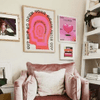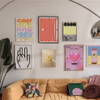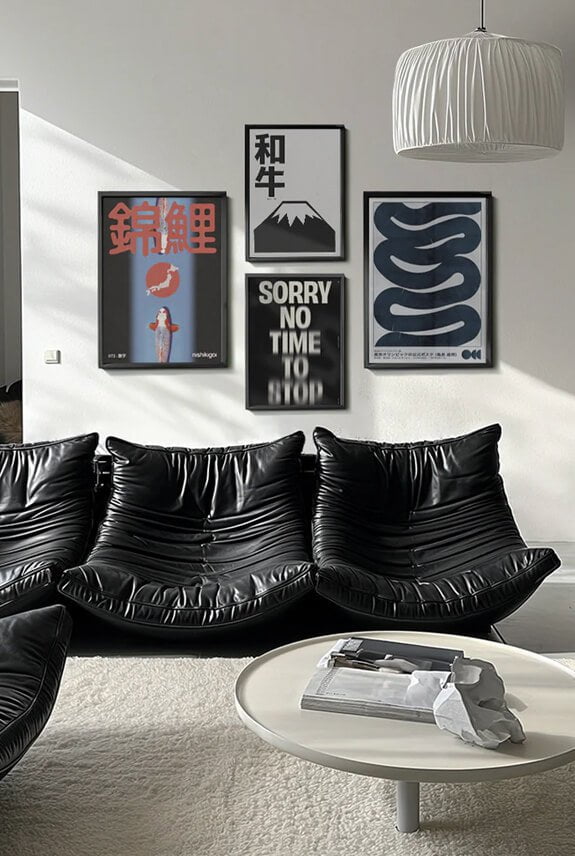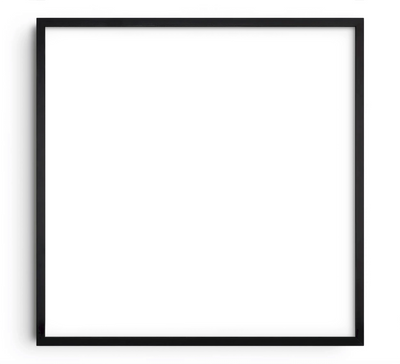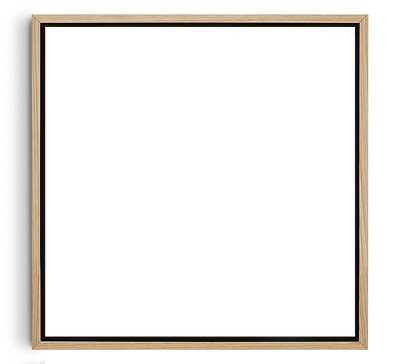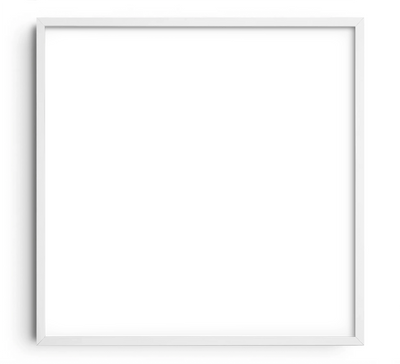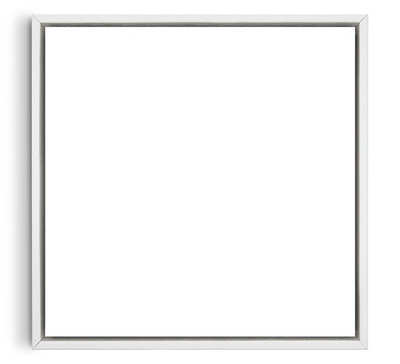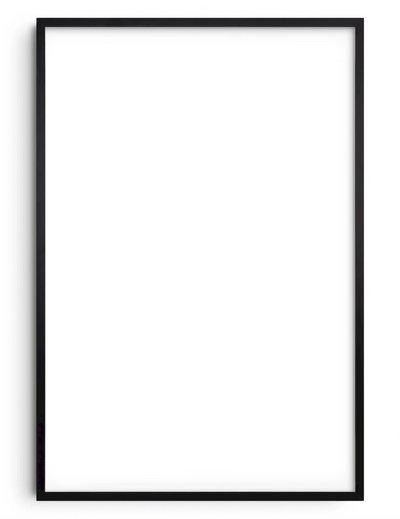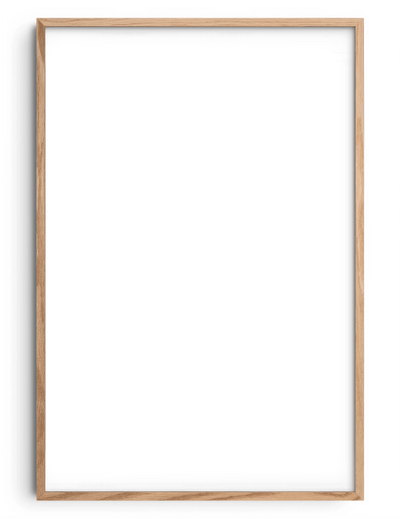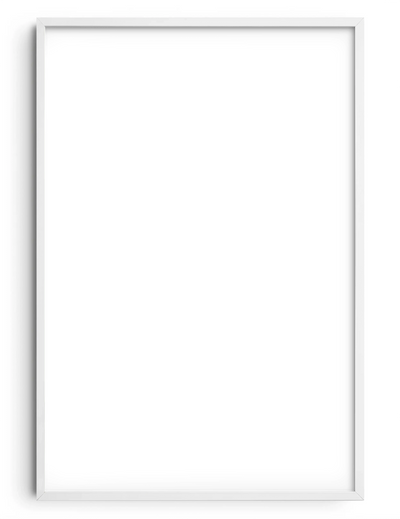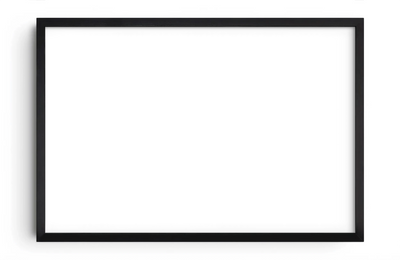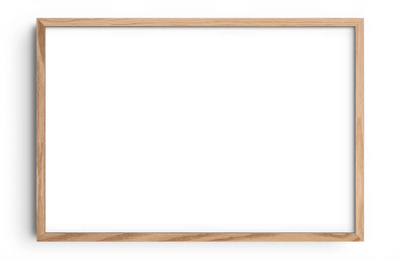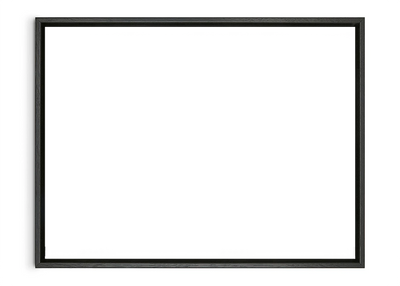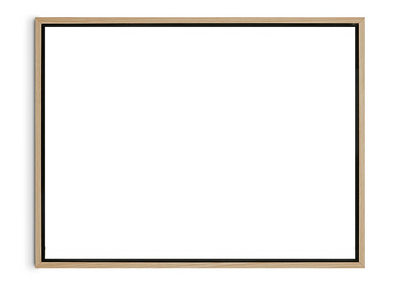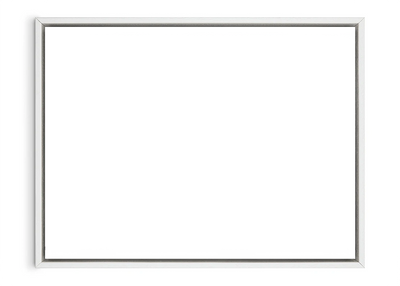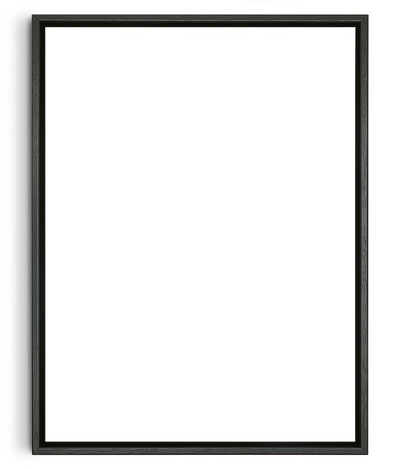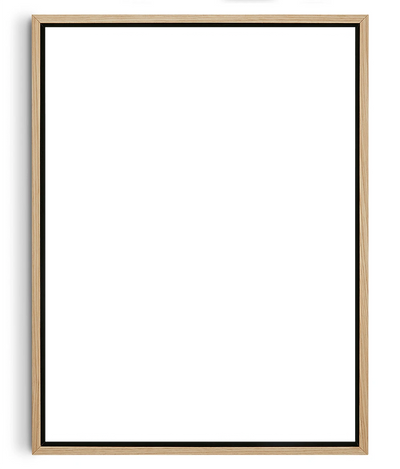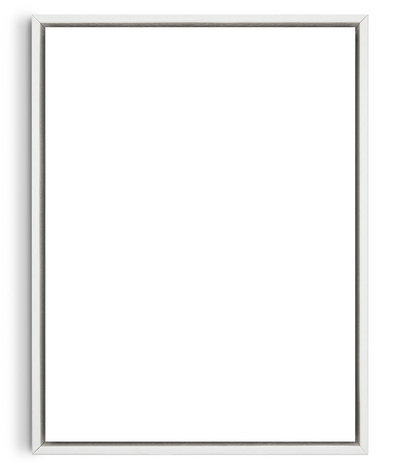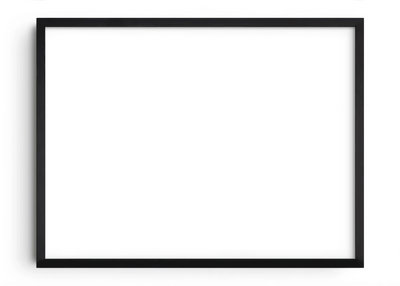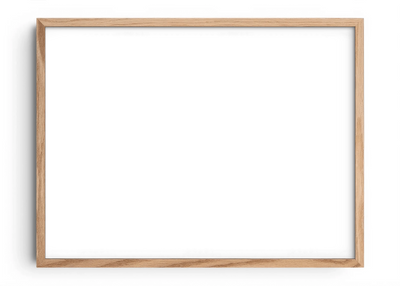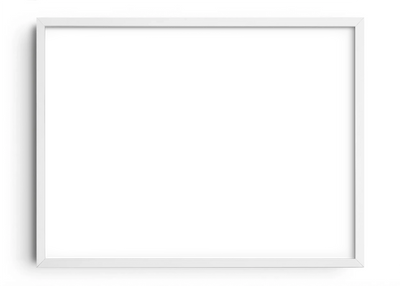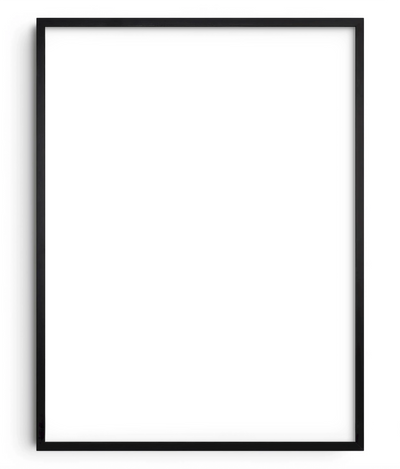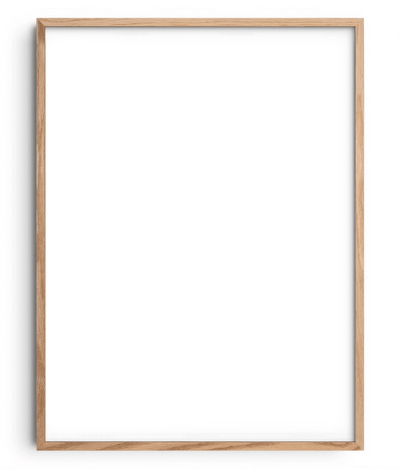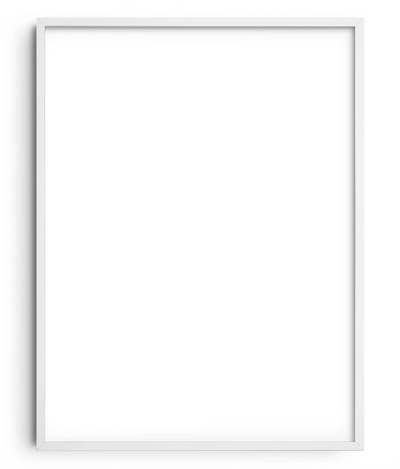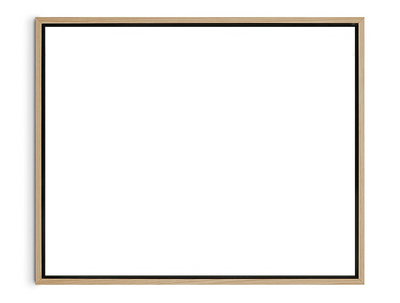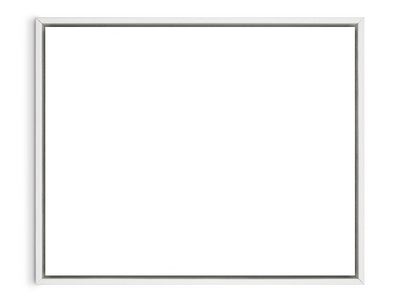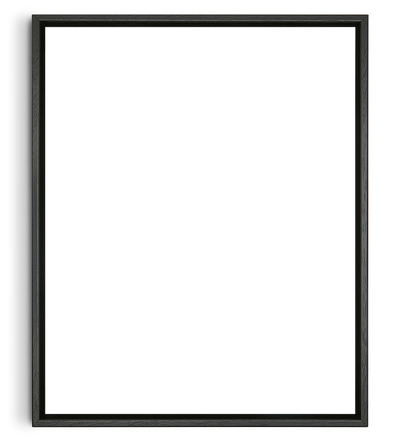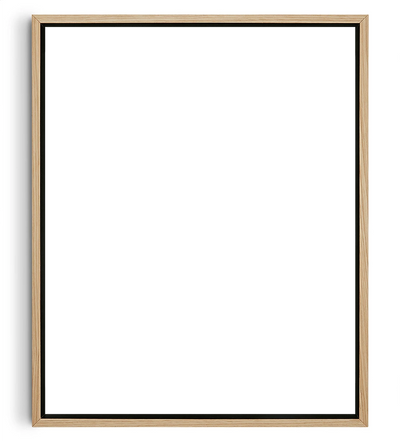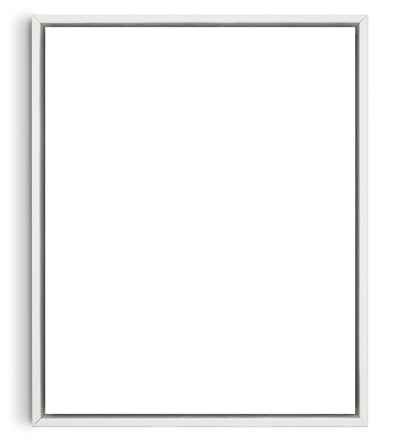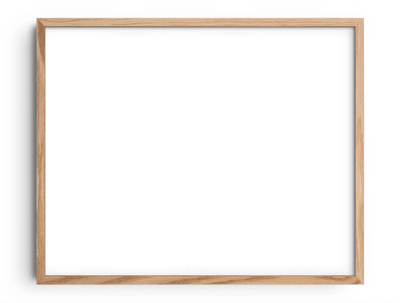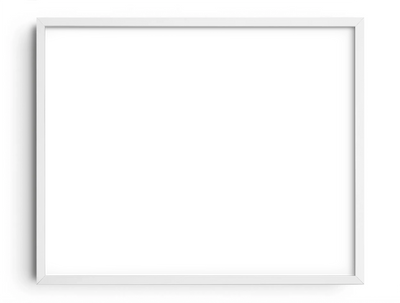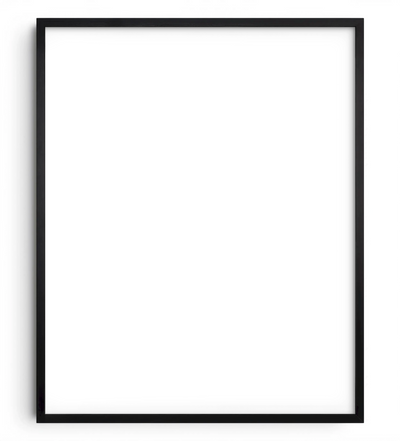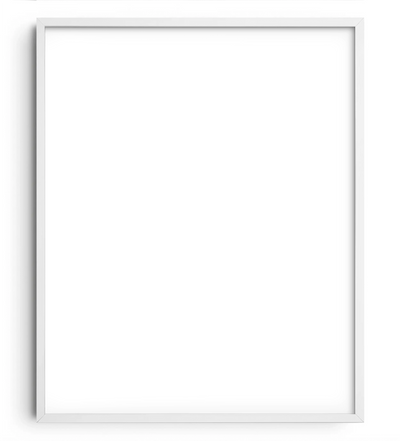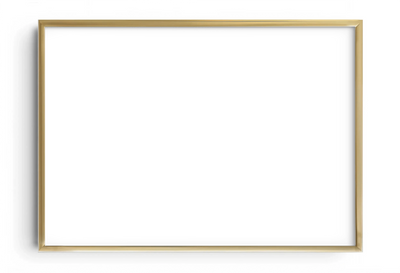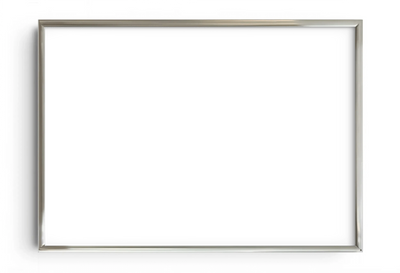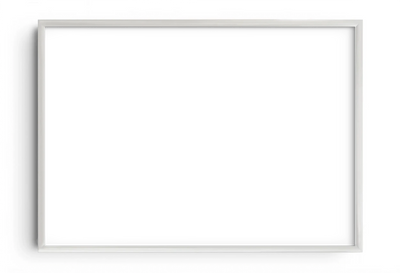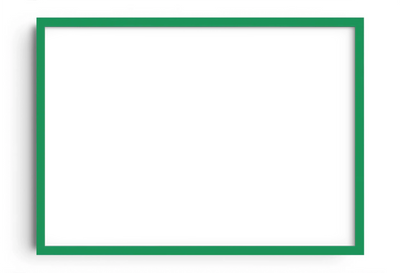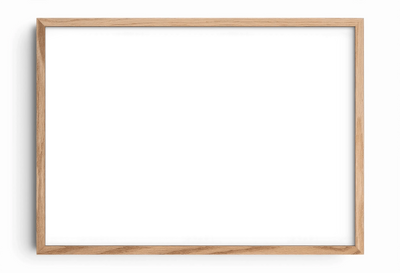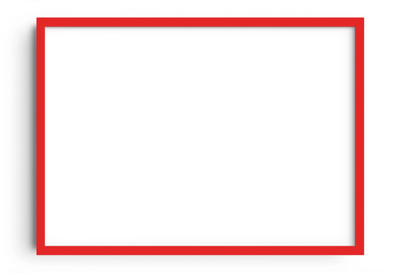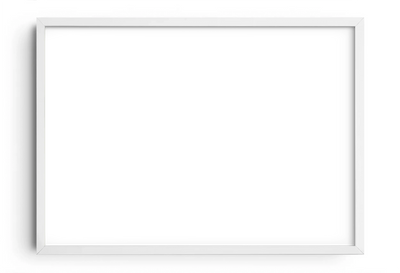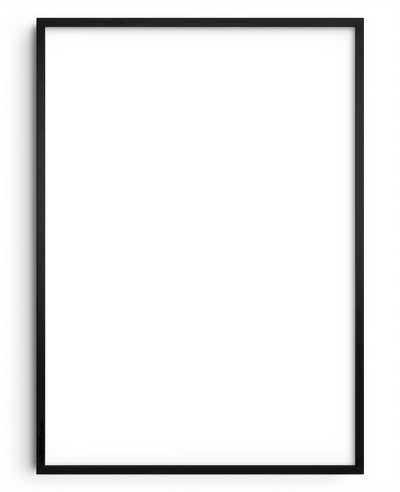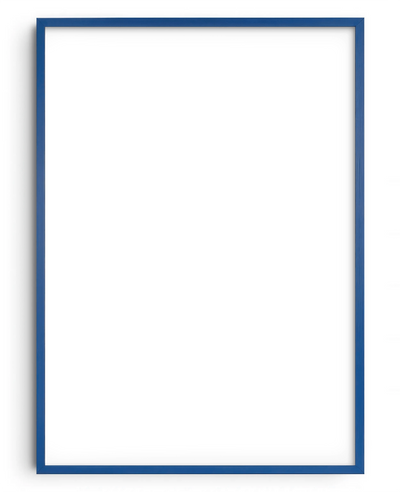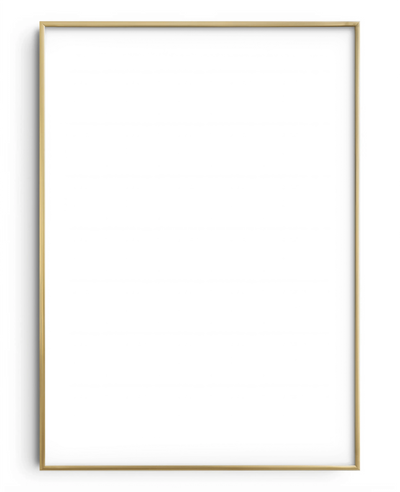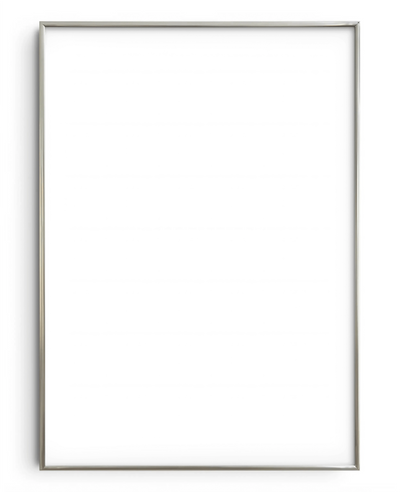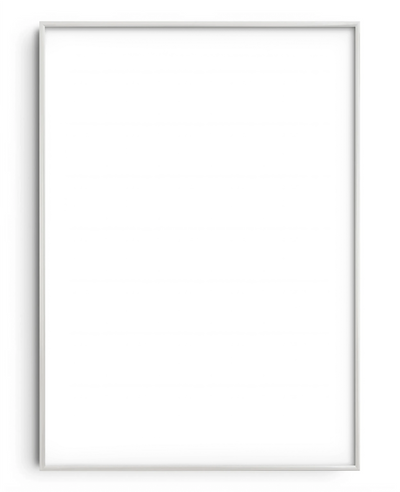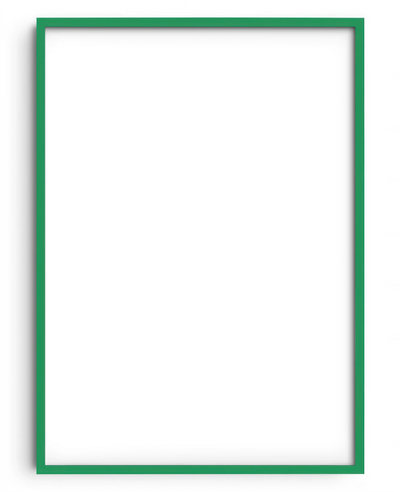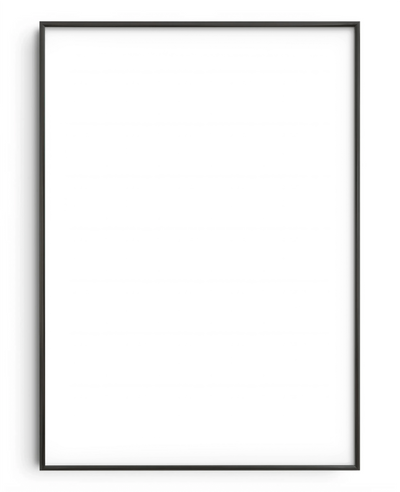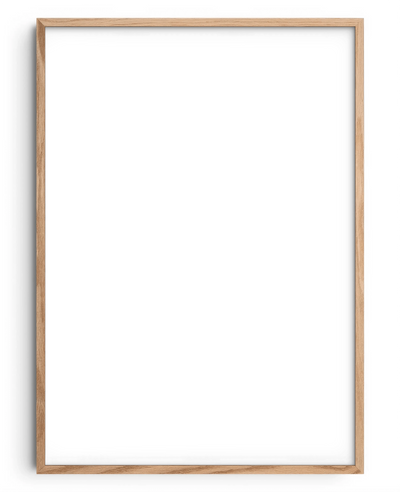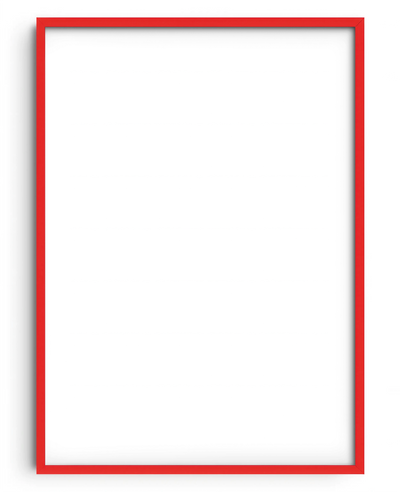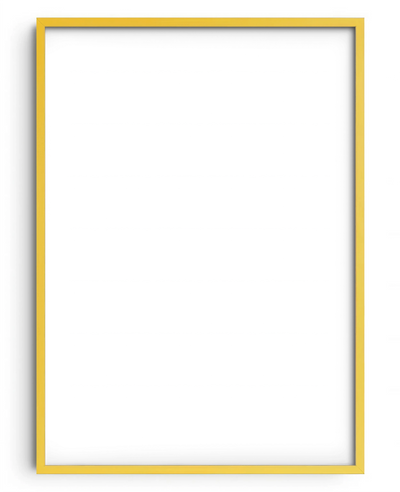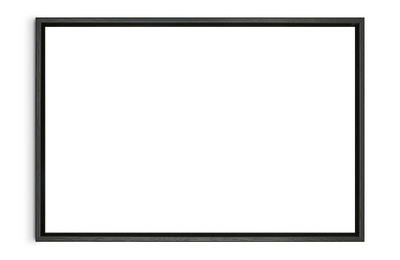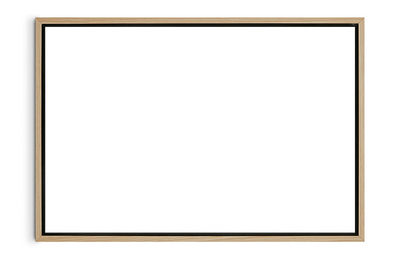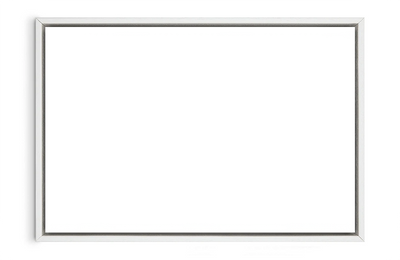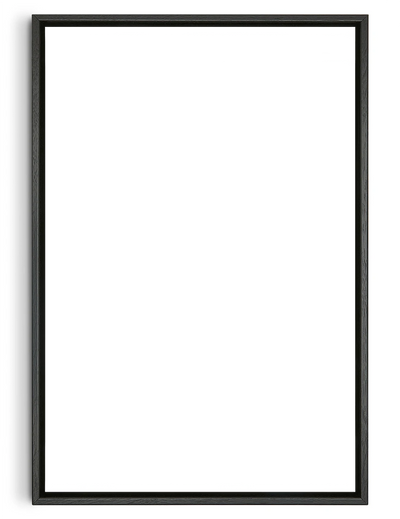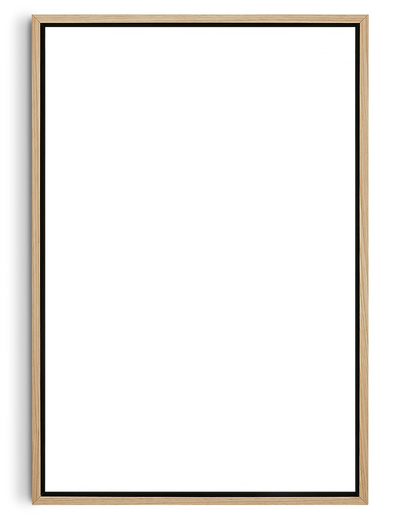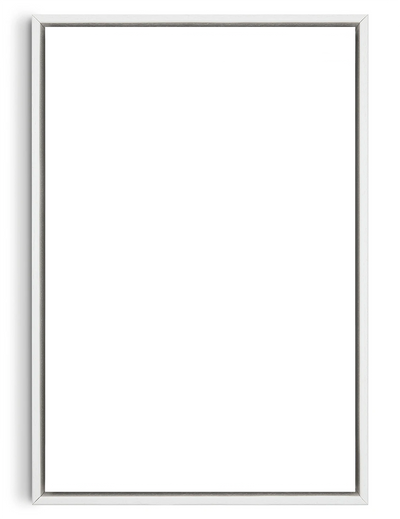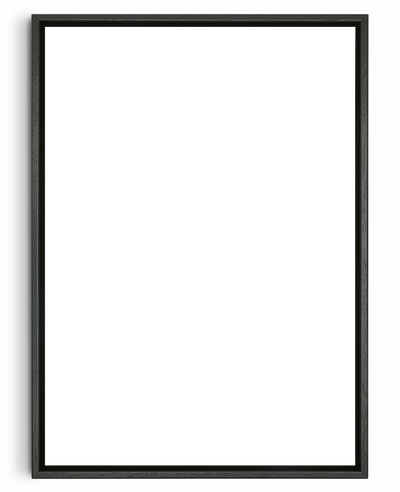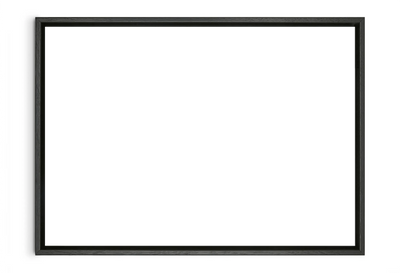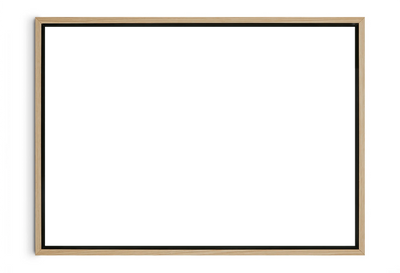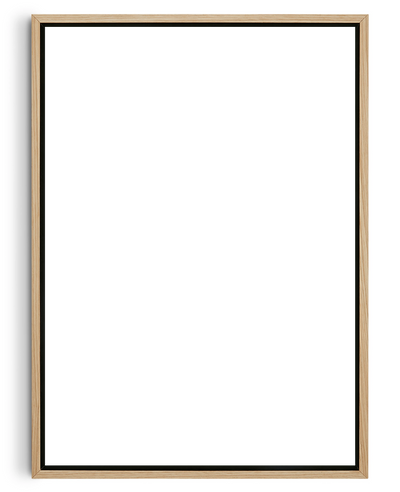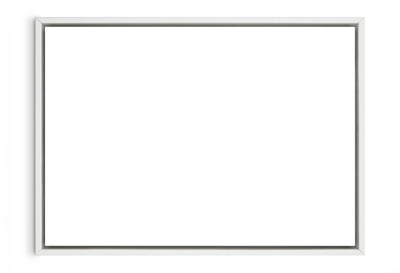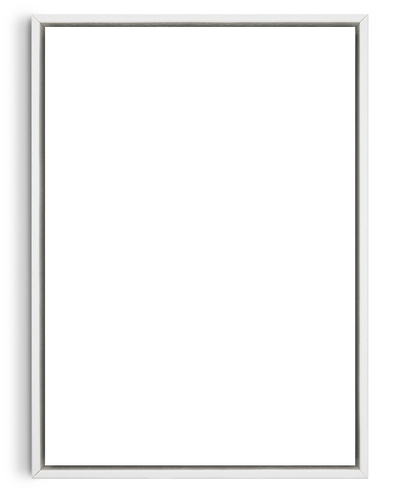When it comes to interior design style, it’s a purely personal choice. What works for one person can be the complete opposite for another. If we’re getting down to the nitty gritty, the main objective of design is to represent your inner self, or your mood, and encapsulate your vibe in one space. Damnnn it’s a lot to think about (and maybe a lotttt of pressure), but you’re in safe hands, we’re here to help



When searching for inspiration, you’ll come across heaps of styles in interior design to choose from. For example, compare the laid-back neutral minimalist style with the loud, in-your-face eclectic style. To help whittle down your interior design style preferences, it’s worth searching for references. Flick through magazines, scroll through Pinterest, check out your saved social pins and do a bit of good ol’ fashion window shopping. Analyse all of this, and you should be able to spot common theme/s popping up.
If you’re unsure what these themes relate to, check out our interior design style guide below to see which one jumps out to you, along with instructions on achieving it.
How to achieve it
First things first, how do you even go about designing a room?! It sounds like a complex task, but applying a couple of key principles makes it a walk in the park.
1. Create an interior design mood board
2. Decide on your room layout plan
3. Select your key pieces of furniture
4. Pick your paint colours
5. Inject your personality and individuality
6. Adorn your walls with complementary artwork. The piece de resistance!
How to look for artworks that fit it
Selecting art for home decor is a pretty simple affair. You could start by picking out a few key colours in your space and aim to match or clash them. Next, decide on the size and envisage the placement (or use our nifty gallery wall tool) to see where it works best. Think about the atmosphere you want to create in the room and select art based on how you would like the tone to feel. Another little golden nugget is; look at the shapes in your room, is the furniture curved? Pick curvy-shaped artwork. Got an eye for angular pieces? Go with lateral artwork. But our most important piece of advice would be to go with what catches your eye. If you’re gonna see it every day, you’re gonna NEED to love it
For further info on how to tie your artwork to your decor, check out the DROOL School lesson on buying artwork that fits.
Mid-century Modern Interior
Mid-century Modern is a style that originated in the early 1900s. A timeless style of interior design, it has recently had a resurgence thanks to the likes of several high-profile furniture companies. Typically known for its oversized lamps, antique furnishings and less saturated art, it aims to mix functionality with form. Because of this principle, the mid-century modern interior shouldn’t feel cluttered. Every object has a purpose; which is to look damnnnn good
View this post on Instagram
• Natural materials - it’s all about the wood, baby - and bonus points if your sofa’s built-in
• Multi-faceted shapes, such as angular rectangles or circular motifs
• Think of cool colours: teals, greys and dusky blues paired with pops of mustard, burnt orange and olive green, plus of course, browns. Primary and softer colours combine
If you’re looking for three staples that scream out ‘Mid-century Modern’, put these on your wishlist:
• Coloured sofas
• Walnut and solid hardwood furniture
• Patterned or shag rugs
When choosing artwork that aligns with this style, we suggest contrasting black or brown with pops of colour. Washed-out and muted design styles work well with this too.
Scandi
You have one company to credit for the Scandinavian design trend. Have a little guess who it might be… go on. Okay, okay, it’s IKEA obv. Known for bringing Scandi cool (and meatballs) to the masses. This is one style that has been moulding the mainstream over the last few years. And it’s going nowhere fast. This interior design style is famed for its simplicity and its hygge, a.k.a finding comfort, pleasure, and warmth in simple, soothing things such as a cosy atmosphere or the feeling of friendship
Three rules to bring out the Scandi cool:
• Blonde wooden furnishings mixed with neutral and washed-out tones like white, light grey, blush, mustard, sage green or blues
• Natural accessories - whether it’s earthy-toned clay or indoor plants
• Lack of clutter and clean lines
If looking to incorporate this style, invest in the following:
• Oversized lighting
• Cosy textures like knit or faux fur
• Vintage furnishings
Selecting prints for this interior design style is fun because there are several different angles to go down. Try to match the colours themes and go for interesting photography, muted colour graphics or illustrations with clean lines.
Minimal Interior
The minimal design style does exactly what it says on the tin, characterised by the bare necessities which give maximum impact. Minimalism magnifies an open floor plan, bright light, and unconventional yet interesting furniture of various colours and textures
View this post on Instagram
These three concepts can recreate the style:
• Simple, natural colours, mainly in a monochromatic scheme
• The ‘less is more’ mantra with lots of empty space
• Stand-out yet functional design
Key pieces include:
• Curved sofas
• Clean lines
• Structured accessories
Picking artwork for minimalist interiors is one of the easiest to select. Basically, what you’re looking for are clean lines, sparsity and an abstract print
Modern Farmhouse Interior
If you’re into the industrial style but think it's a bit too clinical, get on board the Modern Farmhouse train, which blends industrial rules with a cosy aesthetic. Its main aim is to feel relaxed, but with a cool, ‘I’ve-got-style’ twist. You might imagine mason jars and frills from the name, but the modern touch is a natural, sophisticated and warm take on the farmhouse style. Mix it up with vintage touches, oversized lighting, textured walls and lots of wood and metal
View this post on Instagram
Modern farmhouse must-haves:
• Natural materials like wood, hemp and linen that are irregular and imperfect
• Neutral, muted colours such as white and grey
• Mixing vintage and contemporary
Key aspects to integrate into the design:
• Large farmhouse sink
• Rustic features withh sleek accessories in a contrasting colour
• Textured soft furnishings
Artwork leans towards calming colours with a simple design. Check out our suggestions below.
Industrial Design Interior
Stemming from the 80s when industrial spaces were unused and transformed by young artists, the industrial style has been popular for many, many years. However, this style interior design isn’t one for the masses as specific requirements need to be met. The first is an open-plan floor space, preferably with high, exposed ceilings. Industrial design interior is all about showcasing building materials that are usually concealed. Cracked concrete, lengths of ducting or unshaded lightbulbs are all hallmarks of this rough-and-ready interior design style
View this post on Instagram
Get on board with:
• Materials like brick and metal beams
• A dark colour palette, including black and grey
• Stripped wood or concrete flooring
Add to your shopping list:
• Bare bulbs - the larger the better
• Distressed leather and linen furnishings
• Metal and wood furniture, such as coffee tables or shelves
Looking for artwork to tie everything together nicely? We’ve got you covered
Eclectic Interior
We’ve got one thing to say about the eclectic interior design style - DON’T HOLD BACK. It’s about expressing your personality through bright, bold colours and design. This is one style where you can let loose, have fun and not be restricted by rules. Throw in textures, contrasting colours, abstract forms and anything else that will make the space fascinating. But, it shouldn’t just be random; the objects and design should represent your personal style, hold meaning and make you feel good
View this post on Instagram
The key themes you should add:
• Colour - bright, bold, energising
• Bring in textures like fringing, faux fur, or velvet
• Furniture can be shaped circular or rectangular as long as it is unique
Buy these to maximise the output:
• Lots of soft furnishing like pillows, rugs and blankets
• More is more - add quirky accessories and decor like vases, plant pots and wall art
• Clash patterns or colours, don’t be afraid to go big for an eclectic home
When it comes to artwork have fun with colourful abstract art, glitchy graphic design or sassy illustrations. Single out colourful artists and art that makes you feel happy
70’s Interior
Nostalgia is an emotional factor that plays a big part in design. This is why it's no surprise that one of the significant trends predicted for 2023 is the 70s. With the recent interest in psychedelic and vibey patterns, it’s only natural an all-out 70’s revival is on the cards. But why has this peaked so suddenly? It might be the warm, earthy tones (browns, oranges, greens) that make your spot feel homely. It could be the current nod to secondhand items. Or even the luxurious materials like velvet and felt, which are oh so cosy. Nail the style with these three points:
View this post on Instagram
Buy these to maximise the output:
• Purchase thrifted finds from the era
• Concentrate on creating a warm and calming atmosphere with golden hues
• Wooden highlights
Buy these to maximise the output:
• Purchase thrifted finds from the era
• Concentrate on creating a warm and calming atmosphere with golden hues
• Wooden highlights
Get it right with these key accessories:
• Rattan furniture
• Geometric and patterned textiles and accessories
• Bring the outside in with plants and nature-themed decor
Look for art that helps to reinforce the nostalgic feeling. We love interesting vintage-style graphics and illustrations that tie the style together
Cottagecore Interior
Who could predict such a whimsical, pastel-hued style would be back in an interior designer's lookbook? That’s showbiz, baby. Cottagecore decor revolves around a traditional English cottage vibe, and that’s pretty much it. A cottagecore room embodies a farm-life aesthetic, filled with quaint patterned wallpaper or furnishings, lots of wooden textures, and a whole heap of vintage
View this post on Instagram
Absolute necessities:
• Floral patterns
• Pastel and warm tones
• Wooden furniture
Three key elements to jump on:
• Dried flowers
• Traditional inspired wallpaper
• Open shelves
This is one of the simplest styles to select artwork for, considering it's all about florals and pastels.






















